When I visited the National Museum of African American History and Culture a few years ago, I saw on a wall a short list of black photographers from years past.
These were not the names you’d readily recognize but the ones who are nearly forgotten, except in the pages of family photo albums or frames on tabletops (perhaps) or discarded on auction tables. They were the men and women who during the early 20th century – before Kodak cameras became ubiquitous – photographed black people as real people, not the caricatures conceived by a society bent of breaking them.
They took photos of black entrepreneurs, black debutant balls, black church events, black homeowners, black children dressed up for Easter – without red lips or watermelons – black soldiers and black social clubs. They chronicled a separate world that showed African Americans as their own people, with their own cultures and traditions acquired through their African heritage and their American assimilation.
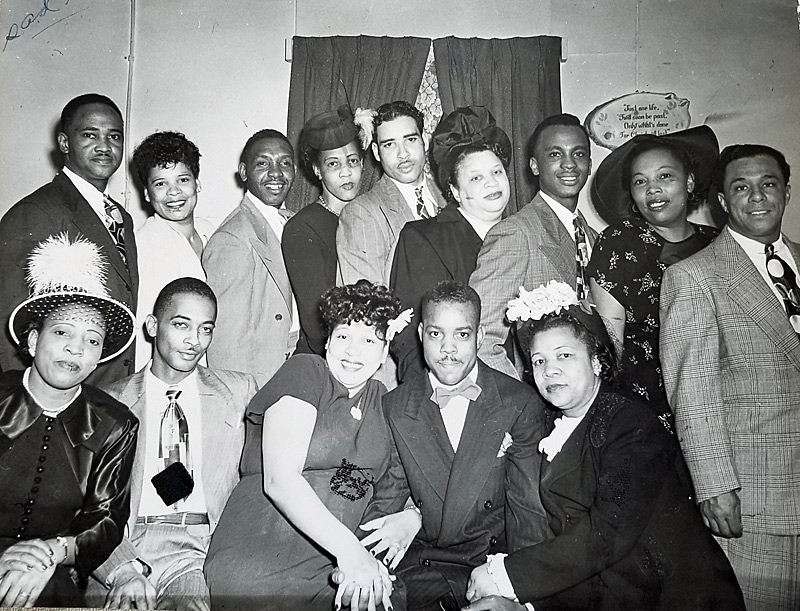
Some of these photos turned up at auction when family members found no place for their history in homes now devoid of scrapbooks and photo albums. I picked up single photos and multiple photos of black people in all of their beauty and diversity. These photographers seemed to have been in every city and small town – R.C. Hickman in Dallas and Calvin Littlejohn just west of him in Fort Worth, both starting in the 1940s.
Northeast of them in Memphis were the Hooks Brothers, Robert and Henry, the father and uncle to civil rights activist Benjamin L. Hooks. Hickman, just as many of these photographers, also worked for the black newspaper in his town.
You won’t hear their names mentioned alongside James Van Der Zee or Gordon Parks or Roy DeCarava or civil rights photographers Ernest Withers, Cecil J. Williams and Ebony’s Moneta Sleet Jr.

Nor do they have the cachet of the Scurlocks of Washington or John Mosley of Philadelphia or Teenie Harris of Pittsburgh, whose works showcased everyday black people living their lives. Or even the lesser known – at least to me – such as Morgan and Marvin Smith, twin brothers who photographed Harlemnites in the years after Van Zer Dee.
But their contributions to the history of black folks in America by showing how they lived, worked, played and loved are just as significant.
Long before many of them appeared, though, African Americans were already “taking pictures.” James Presley Ball of Cincinnati, OH, was among the first of them. He started out in the 1840s with daguerreotype photos and was still around in 1900 when photographic prints emerged. Ball, who photographed blacks and whites, worked with a group of black artists in 1855 to create a canvas depicting the horrors of slavery. Florestine Perrault Collins of New Orleans was said to be one of 101 black women photographers in the country when she opened a studio in 1920 with a focus on the city’s Creole population.
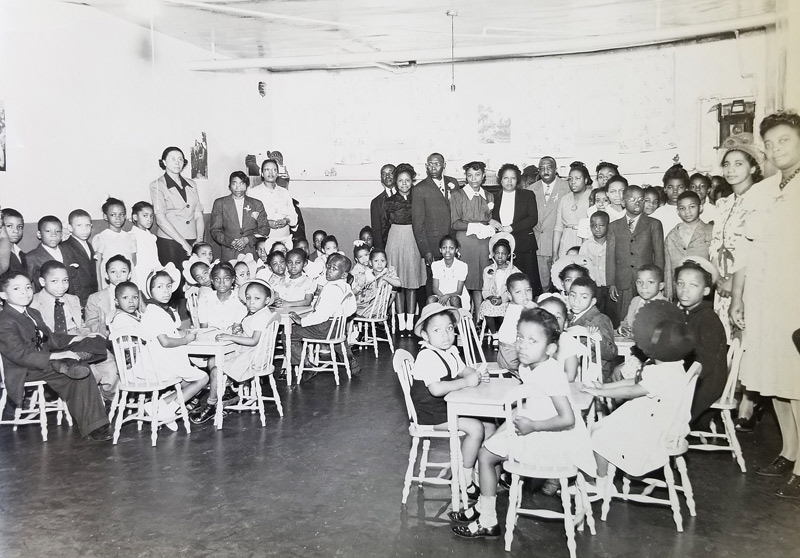
What I also learned was that a black photographer shot the iconic 1941 photo of Eleanor Roosevelt in a plane with Tuskegee pilot Charles Alfred Anderson, chief flight instructor for the Tuskegee Airmen. His name was P.H. Polk, who had studied under C.M. Battey, official photographer at Tuskegee Institute, when he was a student there in the 1920s. I was familiar with Battey because I had picked up a photo he took of Frederick Douglass in the 1890s.
Here are some of those unheralded black photographers whose works turned up at auctions. I’m not sure if all are black but based on the people in the photos and the presumed time period, they probably were:
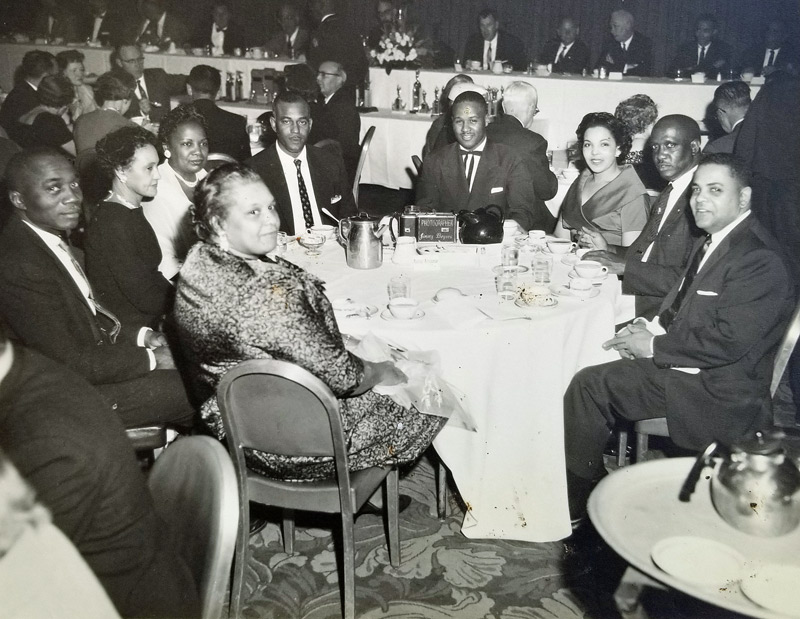
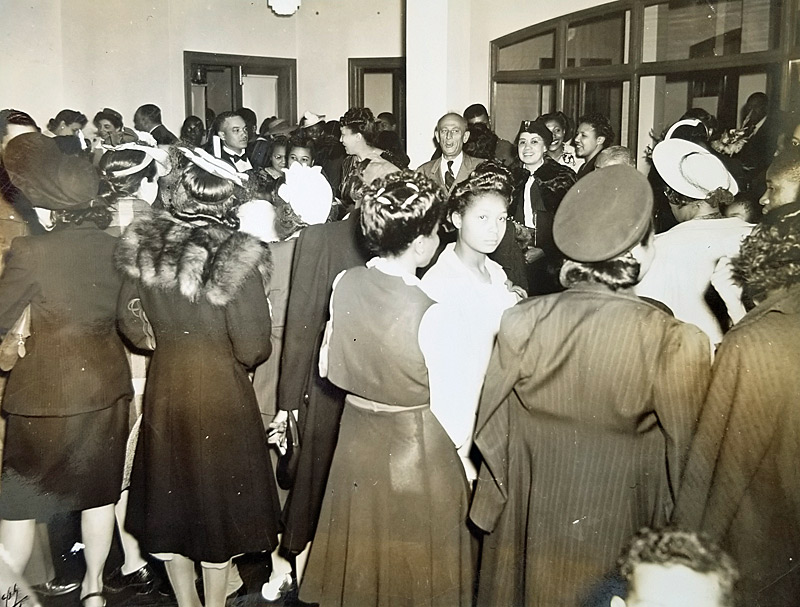
Philadelphia:
Several of the photos from auction bore the stamp of photographers from Philadelphia. That is not surprising, since most of the auction houses I attended were in the Philadelphia area. Unfortunately, I could find no info about any of these photographers, but their addresses indicated that they were located in black communities. Jack T. Franklin, whose photographs and negatives are in the African American Museum in Philadelphia, is among the locally better-known Philadelphia photographers.
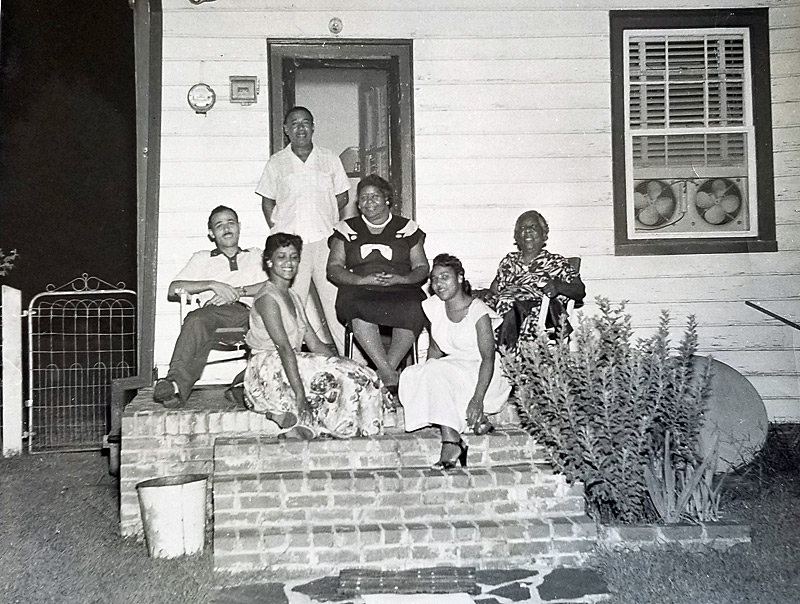
Stamped on back: Photos by Moorer, along with contact info (address was in West Philadelphia).
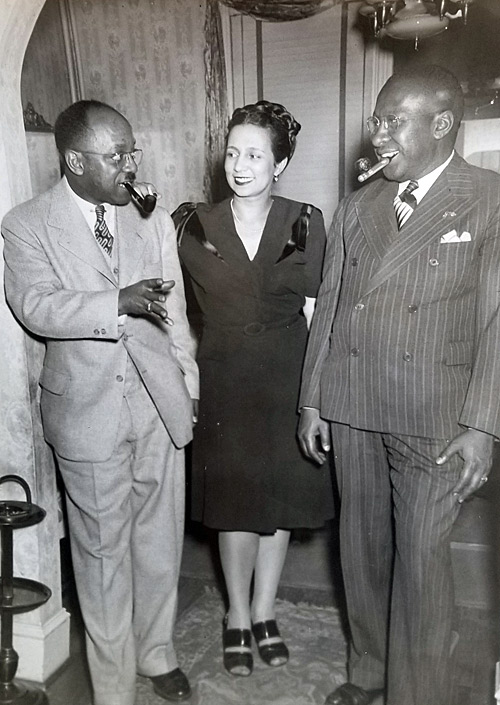
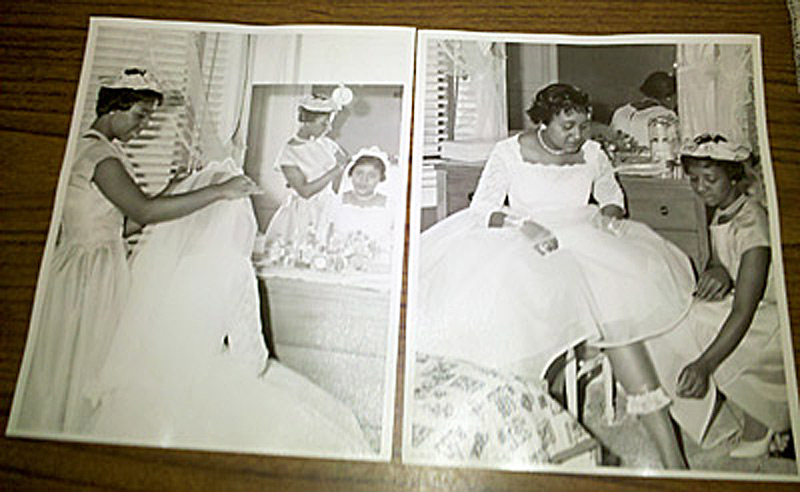
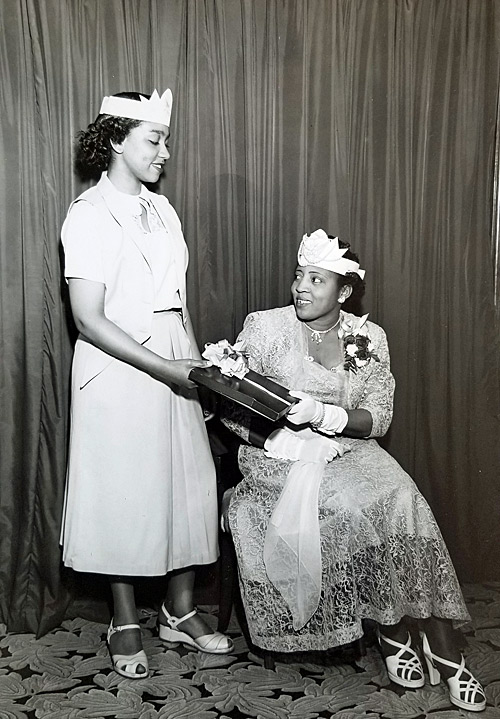
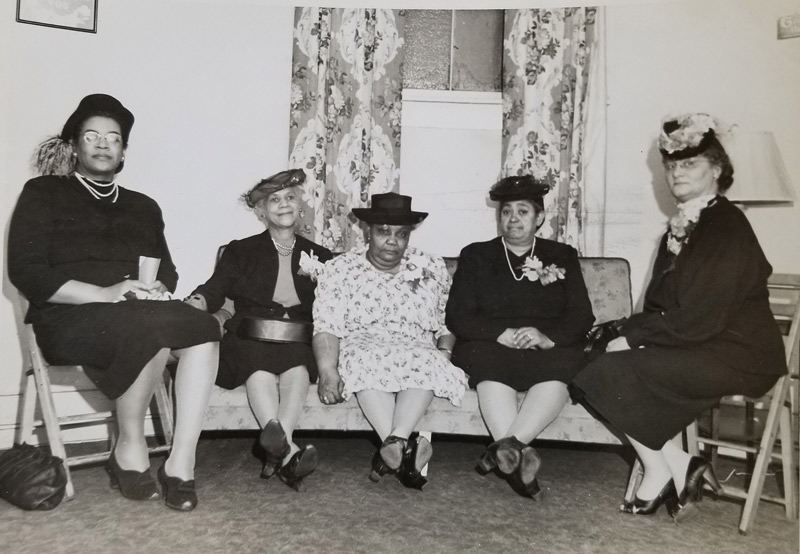
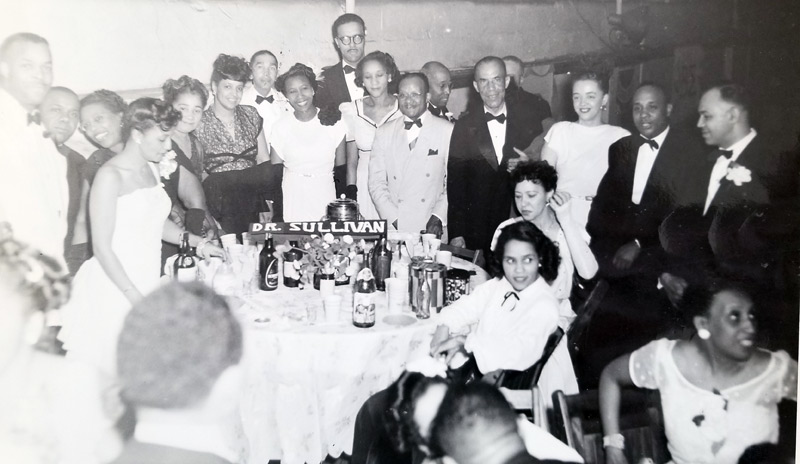

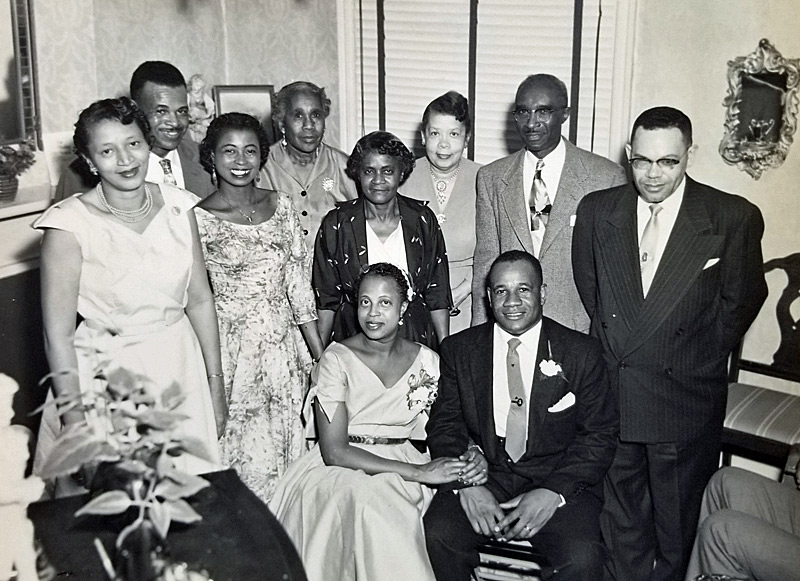
Thank you so much for share these Wonderful pictures and stories about use. As a Black Milliner there is not a lot of information on us, and the fact we wore hats all the time. It’s wonderful to read about the role we have played in the fashion industry and see the pictures of us dressed in beautiful clothing and hats. Thanks again
[…] They took photos of Black entrepreneurs, Black debutant balls, Black church events, Black homeowners, Black children dressed up for Easter – without red lips or watermelons – Black soldiers and Black social clubs. They chronicled a separate world that showed African Americans as their own people, with their own cultures and traditions acquired through their African heritage and their American assimilation. Read the full story. […]
Hi Kathy, thank you. I think you’ll find this blog post interesting, too. It’s about some early Black fashion designers.
https://myauctionfinds.com/2020/05/27/early-black-designers-fashioned-their-own-space/
Sherry